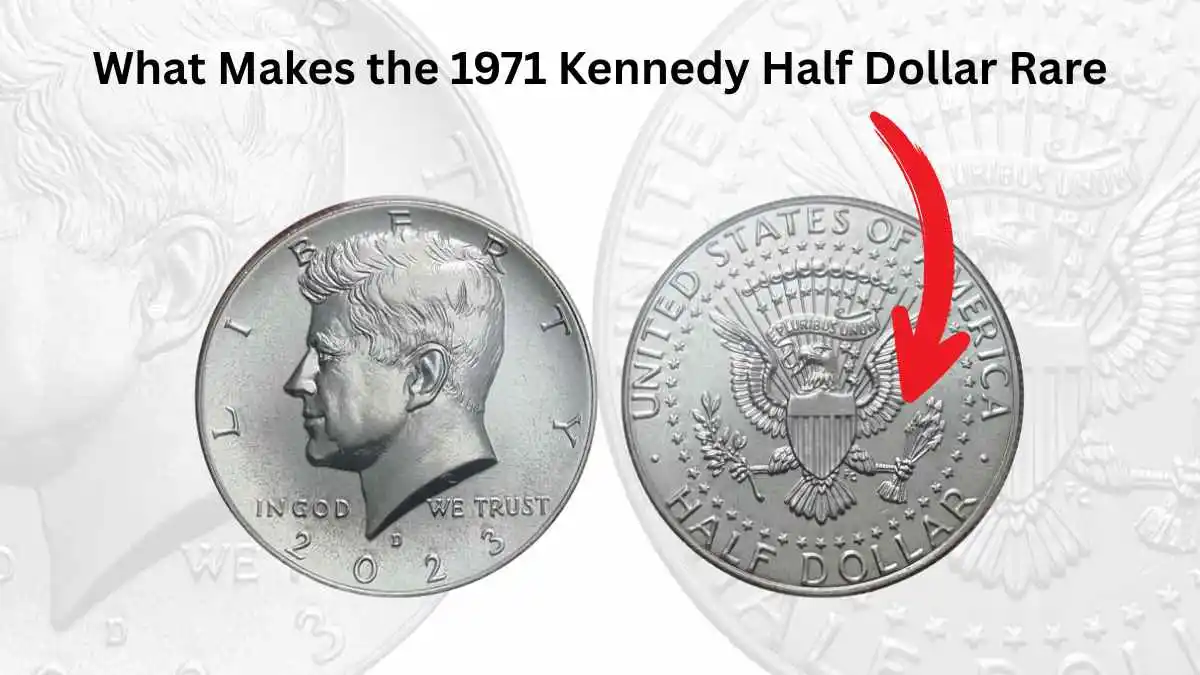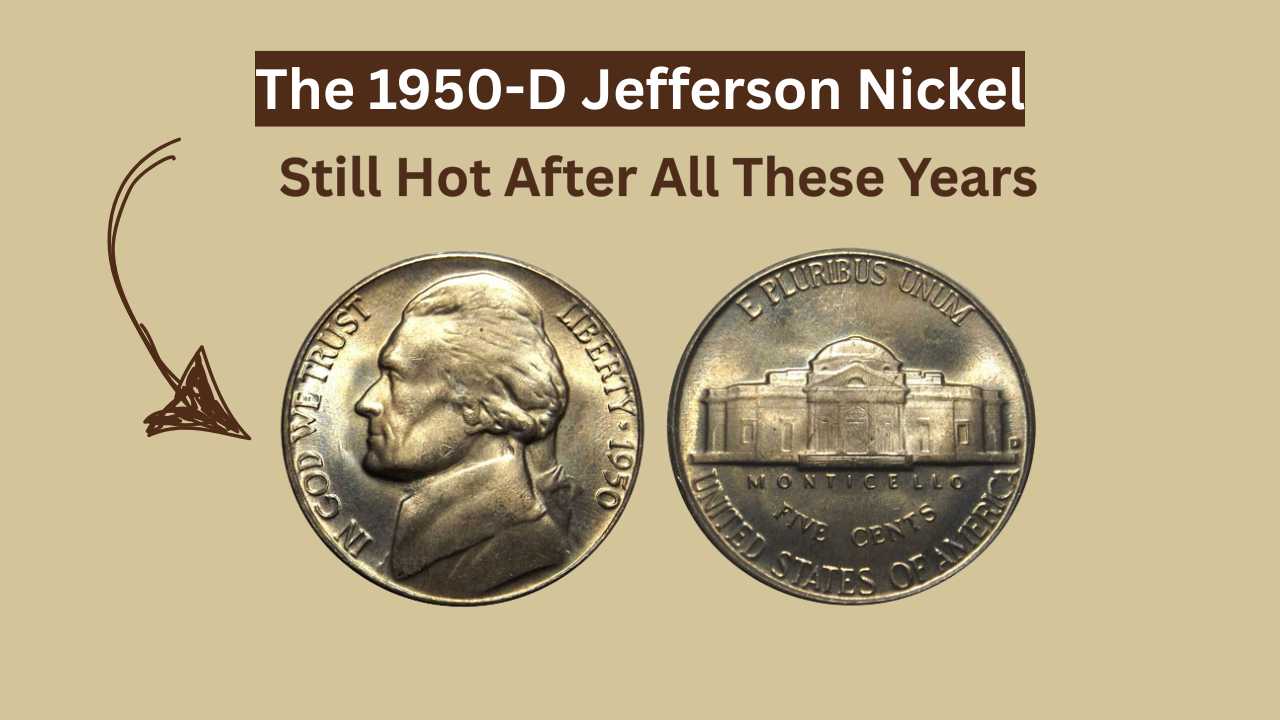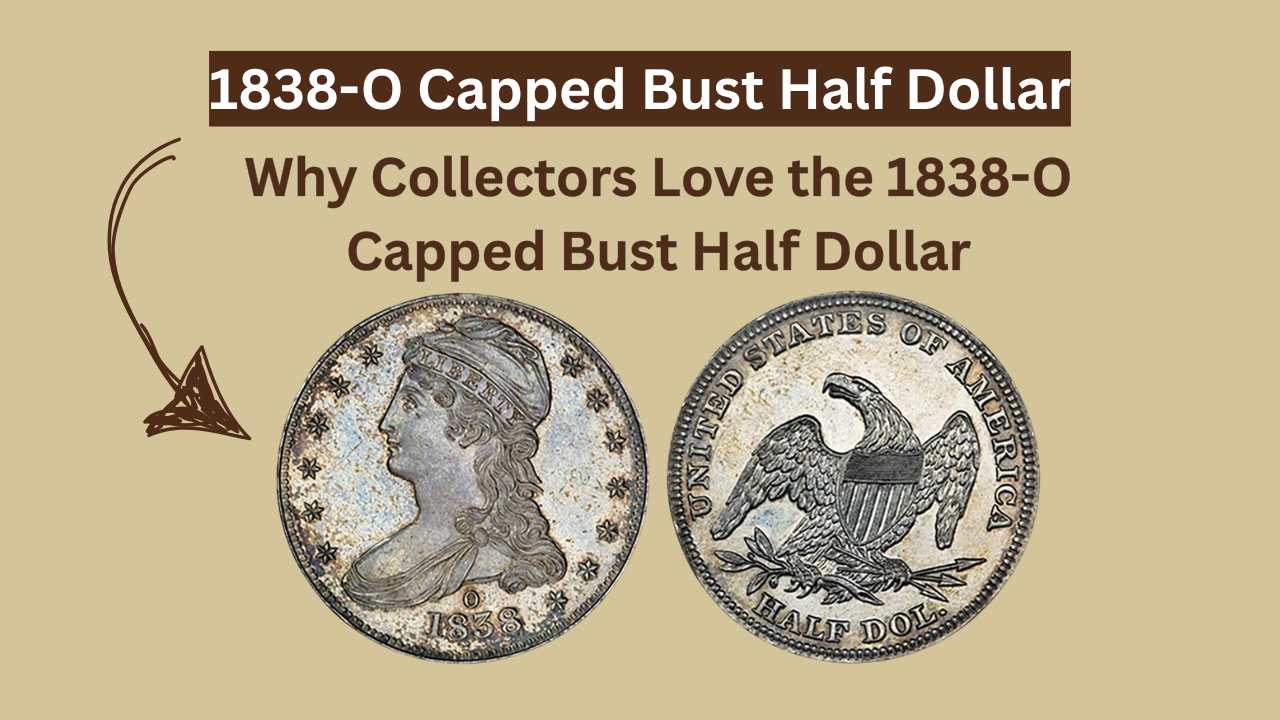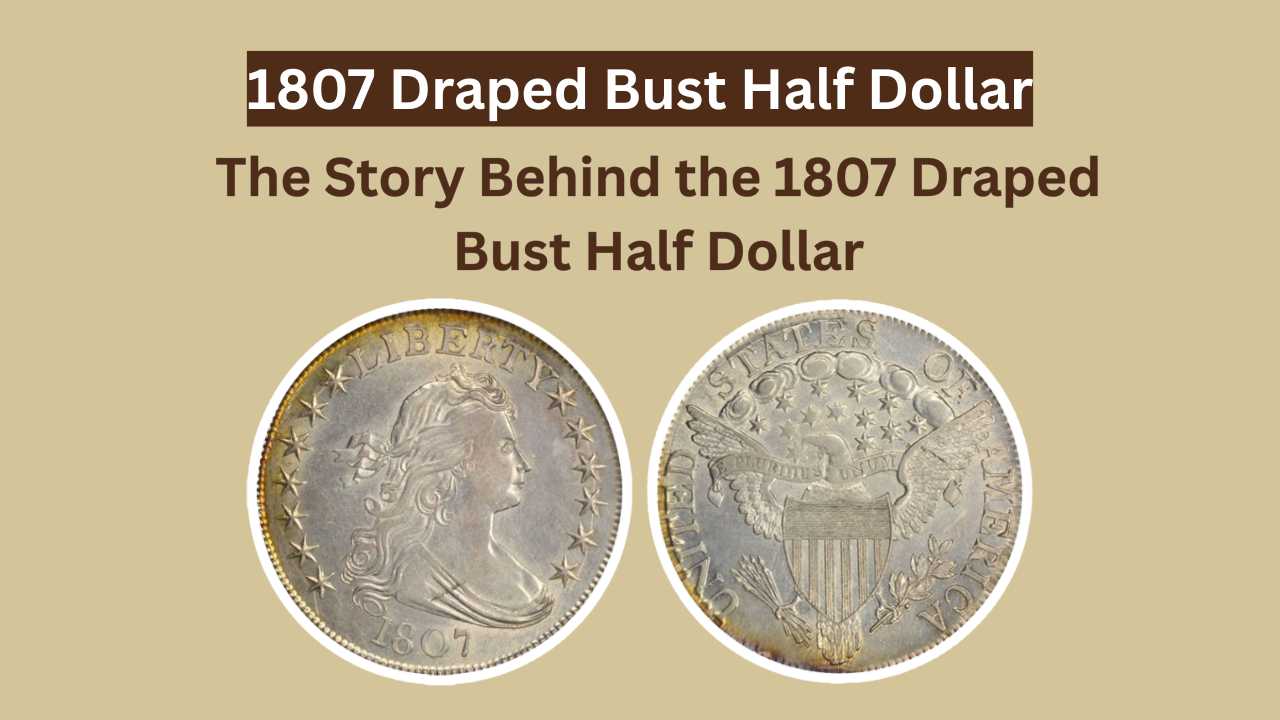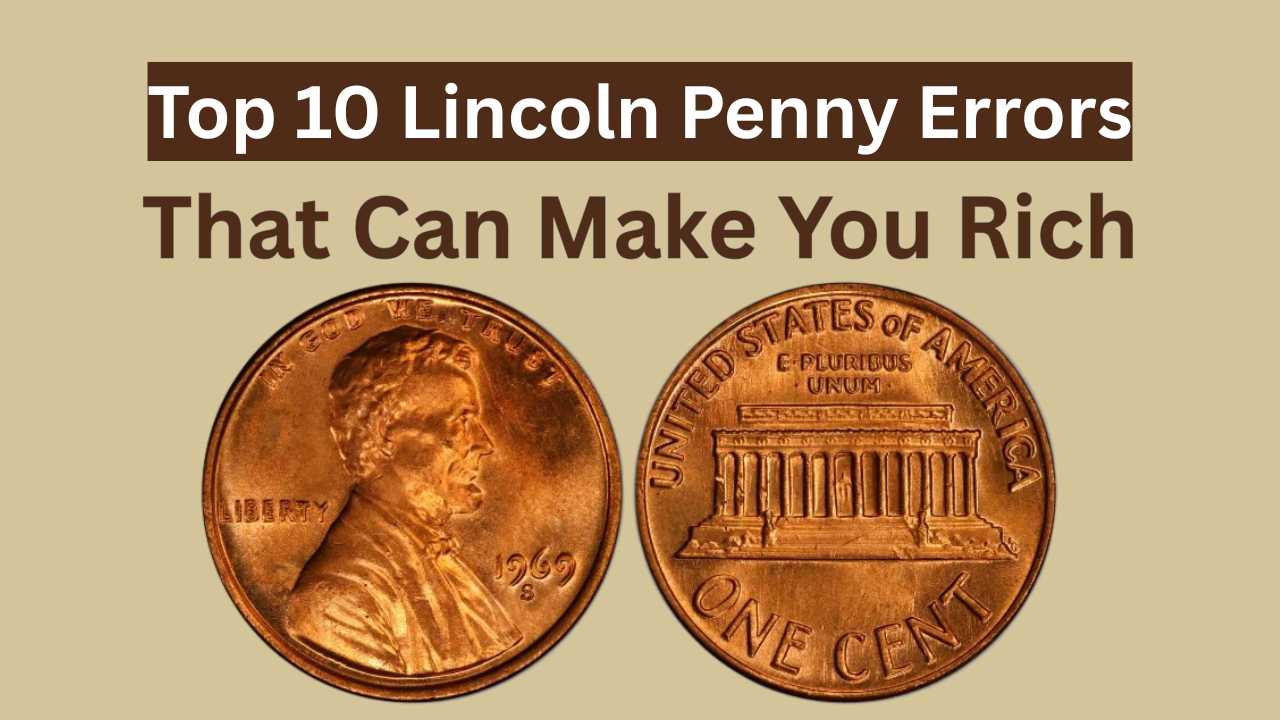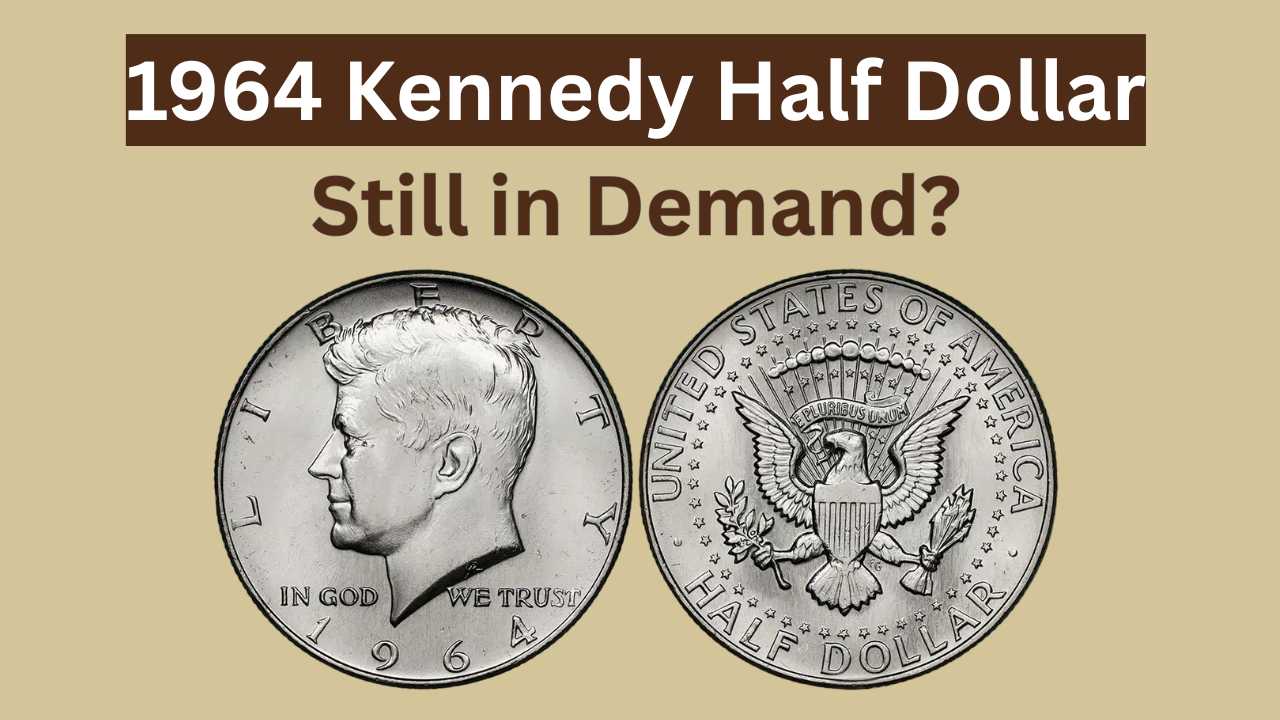
In the vast sea of copper coins that pass through our hands daily, it’s easy to overlook the hidden gems nestled among them. Yet, for the keen-eyed collector or the curious individual, one such treasure might be lying unnoticed in a jar of spare change or tucked away in a forgotten drawer. The 1970-S Small Date Lincoln penny is one such coin—a variant that, at first glance, appears unremarkable but holds significant value for those who recognize its unique characteristics.
A Coin Born of Subtle Differences
The 1970-S Lincoln penny was minted in San Francisco, a facility known for producing coins with both Small Date and Large Date varieties that year. While the differences between these two types are subtle, they are crucial for collectors. The Small Date variant is particularly sought after due to its relative scarcity compared to its Large Date counterpart.
Identifying the Small Date involves a careful examination of the coin’s date. On the Small Date penny, the “7” in “1970” aligns closely with the “9” and “0,” creating a more uniform appearance. In contrast, the Large Date version features a “7” that sits lower than the adjacent numbers. This distinction, though minute, significantly impacts the coin’s desirability and value among collectors.
The Value in the Details
The allure of the 1970-S Small Date penny lies not only in its rarity but also in the premium it commands in the numismatic market. Coins in uncirculated condition, especially those with a rich red luster, can fetch impressive sums. For instance, a 1970-S Small Date penny graded MS66 RD by PCGS has been valued at approximately $2,820, with estimates suggesting values up to $3,500 for top-grade specimens .
The table below illustrates the estimated values based on the coin’s condition:
| Condition | Estimated Value |
|---|---|
| Circulated | $1 – $5 |
| Uncirculated (MS60) | $67 – $150 |
| High Grade (MS66 RD) | $2,820 – $3,500 |
These values underscore the importance of recognizing and preserving such coins, as their worth can significantly exceed their face value.
Why the Small Date Matters
The distinction between Small Date and Large Date pennies in 1970 is more than a trivial detail; it reflects the nuances of coin production and the variations that can occur within a single year’s minting. The Small Date variant is less common, making it a prized find for collectors aiming to complete a comprehensive set of Lincoln cents.
Moreover, the 1970-S Small Date penny serves as a tangible connection to the intricate processes of coin design and minting. It exemplifies how minor alterations in die design can lead to variations that, over time, become significant markers of a coin’s history and value.
Identifying the 1970-S Small Date Penny
For those interested in discovering whether they possess this valuable variant, careful observation is key. Here are some tips to identify the 1970-S Small Date penny:
Date Alignment: On the Small Date, the top of the “7” aligns closely with the “9” and “0,” creating a level appearance. In contrast, the Large Date’s “7” sits noticeably lower.
Loop of the “9”: The loop of the “9” in the Small Date is more closed and points more directly toward the “7,” whereas in the Large Date, it is more open and points downward.
Weakness in “LIBERTY”: The word “LIBERTY” may appear weaker or less distinct on the Small Date variant, particularly the letters “E” and “Y” .
Utilizing a magnifying glass or a coin loupe can aid in examining these details more clearly. Additionally, consulting reputable coin grading services or numismatic experts can provide confirmation and further insights into the coin’s authenticity and value.
The Thrill of the Hunt
The discovery of a 1970-S Small Date penny in one’s possession can be an exhilarating experience. It transforms an ordinary coin into a piece of history, a conversation starter, and a potential investment. This thrill is part of what makes coin collecting a captivating hobby—the possibility that a rare and valuable item might be hiding in plain sight.
For enthusiasts and novices alike, the pursuit of such coins fosters a deeper appreciation for the artistry and complexity of coinage. It encourages meticulous attention to detail and a sense of connection to the broader narrative of American currency.
Preserving and Valuing Your Find
Should you identify a 1970-S Small Date penny in your collection, preserving its condition is paramount. Handling the coin by its edges, storing it in a protective holder, and avoiding cleaning or polishing are essential practices to maintain its value.
For those considering selling or insuring their coin, obtaining a professional appraisal or certification from a recognized grading service can provide an accurate assessment of its condition and market value. This step not only authenticates the coin but also enhances its appeal to potential buyers.
Conclusion
The 1970-S Small Date Lincoln penny exemplifies how subtle variations can elevate a common coin to a coveted collectible. Its value lies not only in its rarity but also in the stories it tells—of minting practices, historical nuances, and the enduring fascination with numismatic treasures.
In a world where digital transactions dominate, the tactile experience of examining and discovering such coins offers a tangible connection to history and the intricate world of coin collecting. So, the next time you come across a handful of pennies, take a moment to look closer—you might just uncover a hidden gem worth far more than its face value.

